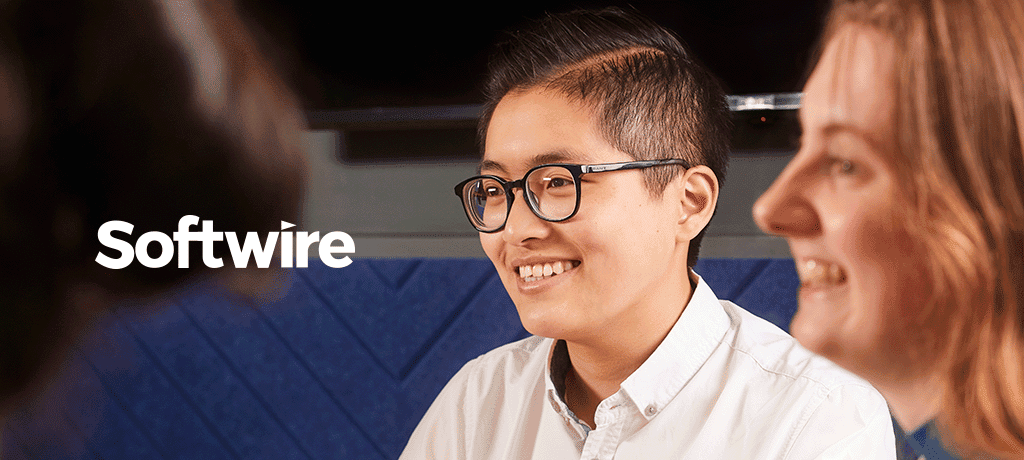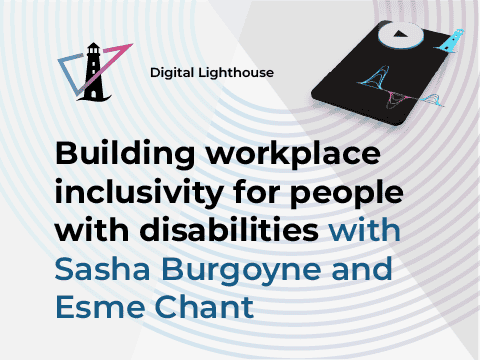
“If you want to go far, go together,” as the saying goes. To succeed in your role as CTO, you need good teams pulling in the same direction as you are. This two-part guide explores how to build teams that will help you deliver on your strategic aims.
In part one, we look at the short-term from the perspective of someone starting a new CTO role, exploring how to quickly:
- Get your teams on-side
- Assess your teams’ capabilities
- Identify and mitigate single points of failure
- Address short-term skills gaps
In part two, we then look longer-term, going into how to build a sustainable technology function, capable of meeting your organisational needs over the coming years.
Get your teams on-side
If you’re new to the role of CTO, or moving to a new company, this can result in uncertainty for many, particularly your direct reports. You will need to go out of your way to get people on-side from day one.
Ask people what’s bothering them – and act on their concerns if you can
Listening to people makes them feel valued. And it starts to give you an idea of the overall state of play in your organisation. Do your people have ways to provide feedback to the management team, including anonymously? Do employees feel they can speak up freely if they need to?
Acting quickly on what people tell you has an amazing ability to boost their motivation and get them on-side. Even if the changes may not directly contribute towards your bigger vision, they can have enormous value in helping create teams that accelerates your journey towards it.
Assess what skills and capabilities you have (and what you’re missing)
To implement your vision, you’ll need the right people in their right places. Start by understanding where you are now. The key is to get a genuinely honest assessment of your teams and their abilities. A good way to get some of these answers is to seek input from any external resources you bring in to support your teams.
What teams do you have, and what are their responsibilities?
Do these teams align with the outcomes you need to deliver? If a team sits on your critical path, are its members aware of what they need to achieve and the impact their work has on other teams and the wider organisation?
Do you have access to the right skills to run your technology function today?
This could be internally or via external suppliers. Have you got an up-to-date skills matrix, covering both in-house and outsourced skills?
How deep and up-to-date is people’s knowledge? Are there capability gaps or shortages?
Is this group made up of the right mix of permanent employees, contractors, onshore, near-shore and offshore partners?
What is your employee retention rate?
High churn is an indicator of underlying issues you need to address.
Are you making maximum use of your external partners’ capabilities?
How are these services paid for? Where could each partner provide additional value under your existing terms?
Do your teams have the right ethos and work ethic?
Are they motivated? Do people feel a sense of ownership over what they’re doing?
Are there any superstars?
While everyone loves having superstar employees, their existence can be a sign of systemic issues that need addressing. Why is someone a superstar? If they’re the only one capable of doing a particularly critical task, or are constantly helping under-pressure parts of your organisation keep the lights on, these are risks to address.
Identify and mitigate bottlenecks and single points of failure
Few things are more dangerous to an organisation than key-person dependency risk: an over-reliance on a single, or small number, of individuals. It’s critical you identify where this is the case, so you can mitigate against the risks as quickly as possible.
Would you be in serious trouble if someone was suddenly unable to work for an extended period?
Mitigate these risks by implementing systems and processes that ensure the sharing of critical knowledge and expertise. Allocate people time to do this, set short-term targets and check back regularly to assess effectiveness.
Where is over-reliance on one person or team causing problematic bottlenecks?
Alleviate these by bolstering the teams, automating tasks, delegating work or making tactical changes to processes.
Address short-term skills gaps
In the longer term, you’ll want to put in place a strategic plan to evolve your workforce into a shape that will be able to deliver your vision. But in the short term, you may need to make tactical appointments to ensure your teams can meet the pressing needs you’ve identified. Wherever possible, these should also support your longer-term goals.
Can you upskill existing teams?
The viability of upskilling will depend on how significant the skills gap is. Will training and development yield results quickly enough to meet your short-term needs? What will the impact be of diverting someone’s time away from business-as-usual to learn a new skill?
Is recruitment an option?
Recruitment is great if you know exactly the right person, and they’re available at very short notice. If not, the time required to advertise, interview, wait for someone to work their notice, and then get up to speed in their new role, may mean the individual can’t alleviate the short-term pain.
Can you use temporary resources?
Your two main options here are individual contractors, or a partner agency. In both cases, remember your aim is to fast-track people of known quality into your organisation.
Without the backing of an agency employer, each individual contractor will require an interview and vetting process – unless they’re already known to you. If you need multiple skills, can you find someone who ticks all the boxes, or will you need to hire multiple people? What happens if the contractors are ill or on holiday?
If you choose to work with a digital engineering agency, find out about the rigorousness of its recruitment process. How does it train and develop its people? Can the agency provide all the skills and capabilities you need? How quickly can it get you people on the ground? Will it provide similarly capable replacements when individuals are ill or on holiday?
Are its people well-versed in the ways of working they’ll find in your organisation? And are there opportunities for them to mentor and upskill your own teams in technologies and/or ways of working?
Next steps: Start looking ahead
The fact that we’ve covered so much ground in this article demonstrates the complexities of what will face CTOs. But we hope it also shows the variety of solutions available to you to address short-term skills gaps and other team- and knowledge-related risks.
At this point, you’ll also have a good understanding of how your technology function needs to evolve over the coming months. Delivering on your longer-term team plan is the topic we turn to in the second part of this series, exploring how to build a high-performing technology function that helps you meet your board’s goals.


